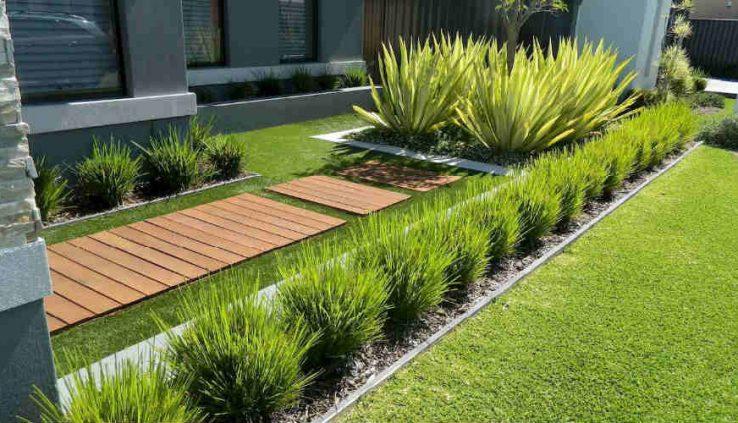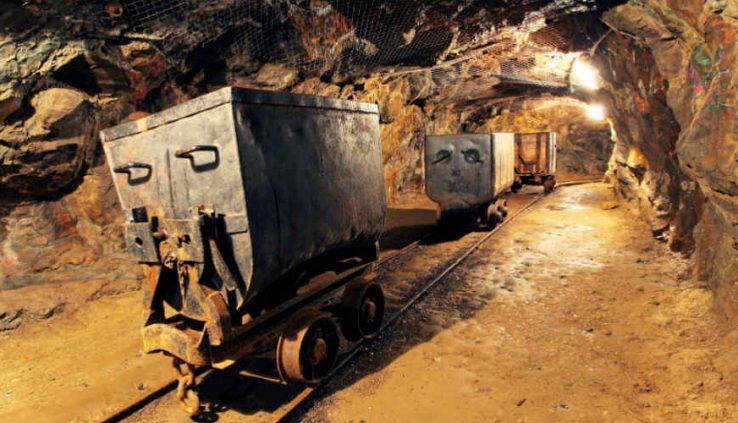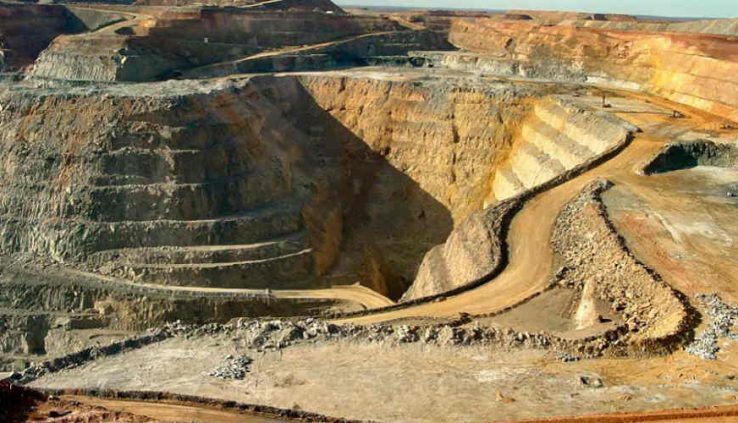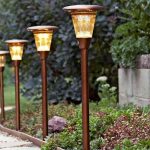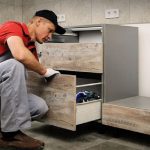
One aspect of ensuring the safety of their home or business premises that every householder or business owner is likely to need at some point is an electrical inspection. These are carried out by a qualified electrician, and their primary function is to ensure that all the wiring and electrical systems, including certain electrical equipment, within a home or office are safe and meet the applicable regulatory and legal standards. Here are some facts about electrical inspections.
What Will An Electrical Inspection Include?
The scope of an electrical inspection can range from a basic audit which is done visually and makes recommendations, to a comprehensive inspection when a series of electrical tests are carried out with respect to polarities of power outlets and electrical safety switches, for example. Here is a list of some of the checks and tests that could occur during an electrical inspection:
- Visual Checks For Instances Of Exposed Wiring Or Cable
- Check For Electrical Hazards
- Identifying Cables Or Wiring Which Is Outdated
- Inspections Of Power Boxes
- Testing Electrical Safety Switches
- Checking Lighting Fittings
- Checking For The Risk Of Overloaded Electrical Systems
- Checking And Testing Power Sockets
- Checking For Evidence Of DIY Electrical Work
- Testing Smoke Alarms
- Checking For Electrical Installations That Do Not Comply With Regulations
- Checking That Electrical Wiring, Installations, And Equipment Comply With Statutory Regulations
This is not a complete list, and some of the specific checks will depend on the type of property, what the building is used for, and the state or federal statutory regulations that apply to those premises.
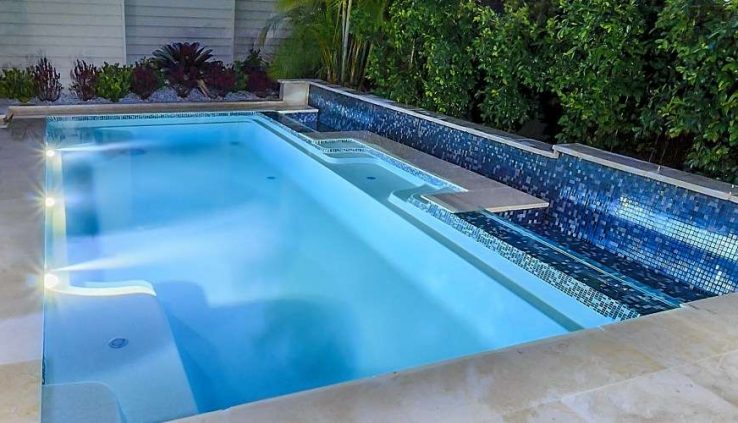
The experts at Landscape Architect Sydney told us that deciding whether or not to have a pool installed in the garden is often not a difficult decision to make. However, what does seem a more difficult choice is whether to have a concrete pool or a fibre glass pool installed. Both have their advantages and disadvantages but both options are going to be acceptable to most homeowners.
Ultimately your decision may come down to just one or two minor points, or it could be the budget available, or it might be whether or not the pool is seen as an investment in the property. To help you weigh all of these, and more, here is a quick comparison between concrete and fibre glass pools for each of the main considerations most people base their decision on.
Design Options
Of the two, concrete pools are going to offer far greater flexibility and options with regards to the size, shape, and design of your pool. Fiberglass pools are pre-cast in a factory and therefore there is no means for you to alter it once it has arrived for installation. There will also be a limit on the size given that it has to be transported to your property.
Aesthetics
It is generally accepted that concrete pools outdo fibre glass pools in terms of how pleasing they are on the eye. Not only is this due to the options in terms of tiles for the walls and floor, but for the greater number of options you will have for the surrounding areas with regards to furniture and facings which can match.
Walls And Floor Surfaces
The surface of a fibre glass pool is smooth and non-porous therefore it does not normally attract the likes of bacteria. More importantly, it does not suffer from the growth of algae which is an inherent problem for concrete pools given that they have porous walls and floors. The rougher surface also means they are more prone to cracks and scratches.
The elements of sustainable transport are about more than just the amount of fuel used. Whether it’s about a state or country-wide transport company or a smaller business that delivers freight around the town or city, sustainability is important because it not only helps to save the earth’s resources, but saves on costs for the company, something that should always be of importance.
Even though one train can take a great deal more freight than one truck, it is not nearly as efficient or as fast. Road rather than rail transport is much preferred these days, because trucks can deliver right to their destination without the need for that extra offloading and reloading onto trucks at both ends of the rail journey which requires even more labour and fuel resources.
What to Plant around Your Pool
Garden pools are increasingly becoming a favorite component of residential landscapes. Even homes that do not boast of a large land area are opting for garden designs that allow them to fit in cozy little pool. In order to refrain from messing up with the aesthetics of the shrubbery, it is important to choose the right plants to ornament the edges of your pool.
Before going into the details of what plants to choose, it is necessary to understand which ones to avoid. This considerably narrows down the scope of plants available to decorate your pool, and makes the whole process of decision making easier.
Why we mine for gold?
Since ancient Egyptian times, when gold was considered a divine metal and thought to be the flesh of the gods, the allure and magnetism of gold has translated through the ages. From the earliest days of royal and noble burials, it was the metal with which the Kings of Egypt surrounded themselves; it was the metal they placed within their tombs for use in the afterlife, it was imperishable, eternal and indestructible.
In 2008, GFMS Ltd estimated that the total gold supply was approximately 3,750 t. As gold is some 19.3 times heavier than water, this amount of gold would fill a box some 6 m wide by 6 m high by 6 m long.
Of the total gold supply in 2008, some 65% was from new mine production with the remainder sourced from recycling of gold ‘scrap’ and sales from central bank holdings.
Gold demand in 2008 was dominated by consumption in jewellery and fabrication (75%), with the remainder predominantly being investment demand.
Bendigo Mining’s Swan decline (underground tunnel) now stretches for a distance of some 6.5 km to a depth of about 850 metres beneath the City of Bendigo, tunnelling deep beneath the historic workings to access new untouched orebodies on the Deborah and Sheepshead lines of reef.
Mining
From the decline, diamond drilling is carried out using a diamond bit at typically 120 m intervals to establish the location and dimensions of the ore bodies. Geologists log and cut the diamond drill core samples and send them away for assay to determine the grade of gold on each section of the reef.
With the grade and shape of the reef established, mining engineers are then able to plan the ore shapes that will be mined (the stopes) and determine how the orebody will be accessed and mined. Extracting and removing the ore is achieved by drilling holes in the rock face, packing them with explosives (charging the face) and then blasting the rock.




